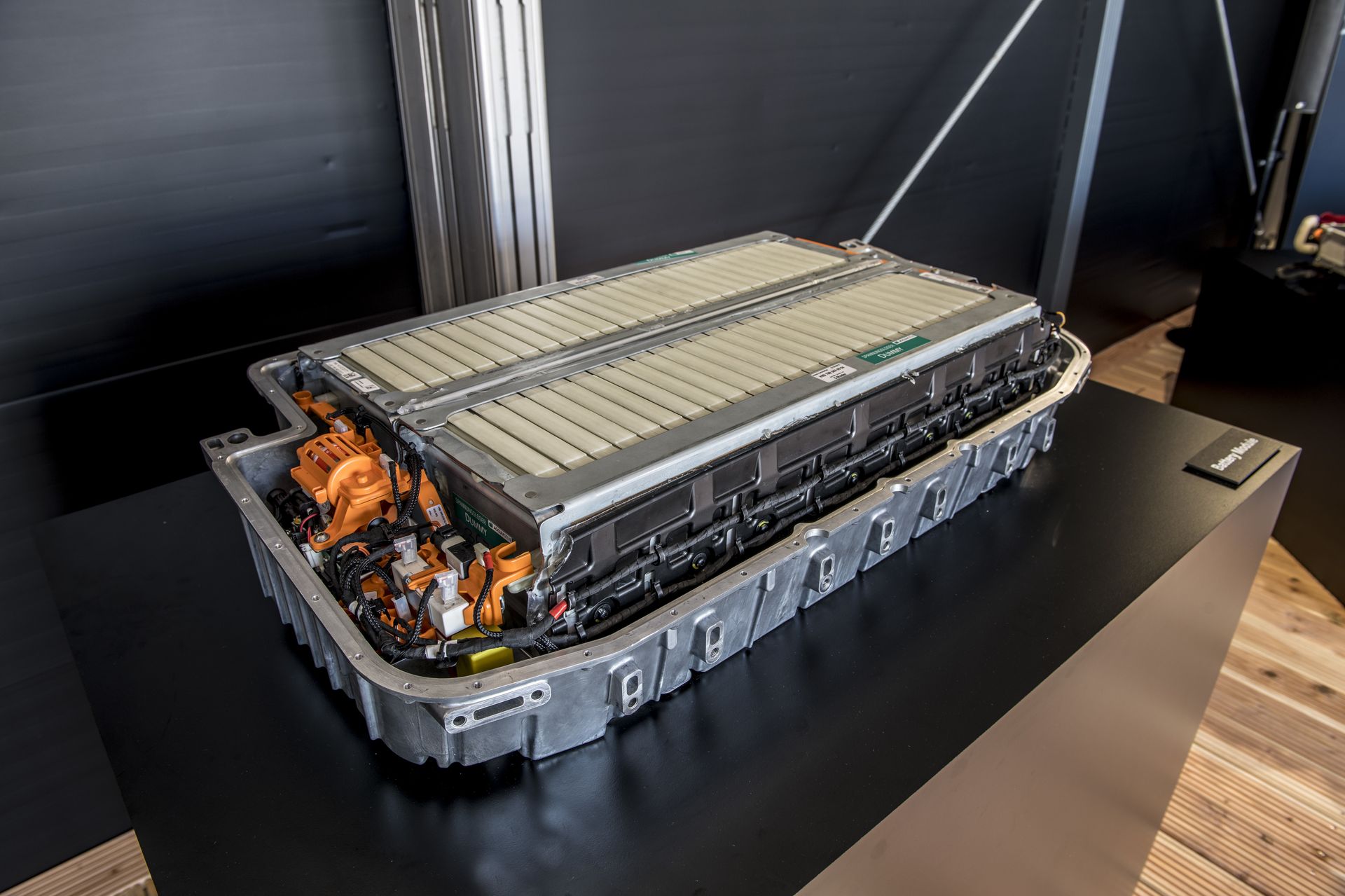
We hear about improvements in battery technology pretty regularly, and no wonder. With the potential for a superior chemistry to result in billions of dollars of revenue, teams around the world — in commercial enterprises and universities alike — are hard at work trying to create energy storage that will function significantly better than what we use today, and for a lot less money.
So far, it seems like there haven’t been any real breakout breakthroughs in batteries, though we have seen definite improvements. When true winning solutions start to emerge, however, it will likely leave many efforts high and dry with “stranded assets” — equipment and other things specifically designed for certain manufacturing processes that may not be needed for making a new formulation.
With as much as $16.7 billion invested in existing facilities and $42 billion more in additional capacity being put in place by 2022, according to Bloomberg New Energy Finance, one can see how much is at stake. Let’s say an outfit like, perhaps, Fisker, delivers with its solid state battery technology and it lives up to its hype. A lot of this investment may be “stranded,” while companies rush to adopt the latest tech. Who is going to buy an electric car with a 40 kWh battery that’s slow to charge, when they can spend the same money for something with a 150 kWh battery that charges in a jiffy? No one.
Not all assets would be stranded, of course. Buildings and land are still needed, and we imagine even some of the equipment will still be usable. Still, supply contracts for now-unnecessary minerals will get canceled and money invested in incremental improvements in existing chemistry will go by the wayside as that research is abandoned.
Consider what happens if another energy storage technology superior to solid state batteries comes along, then? We could again see abandoned efforts and more lost investments. This is just one of the challenges facing companies today as they attempt to find success and profit in an electric future.
